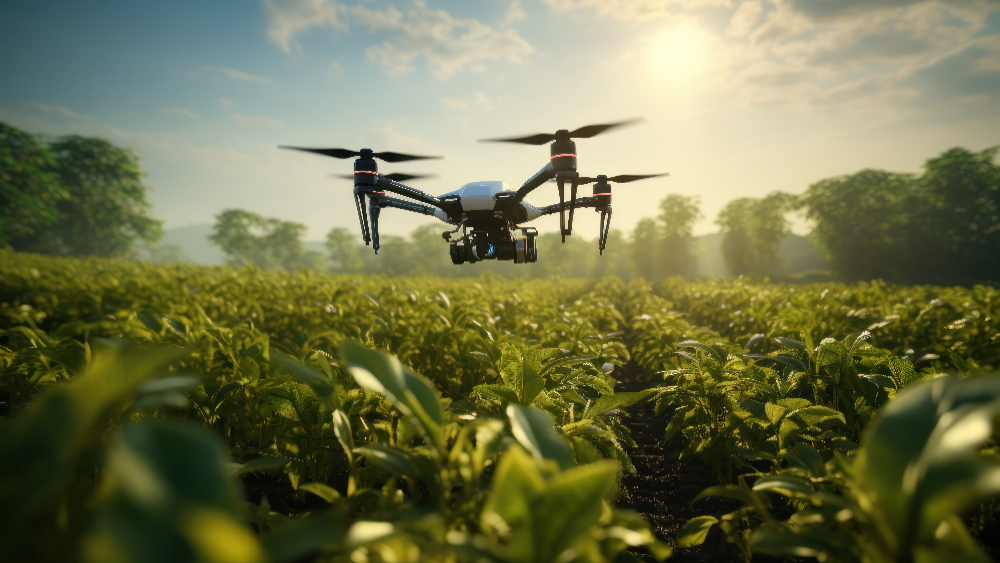
On May 16, 2025, Agea (Agency for Agricultural Payments) and Avepa (Veneto Agency for Payments) launched a pilot project to monitor agricultural land using a combination of drones equipped with multispectral sensors and artificial intelligence technologies.
This operational trial aims to redefine agricultural control standards by overcoming the limitations of traditional satellite technologies through more precise, faster, and automated inspections.
UAV and AI technology: how the new monitoring system works
The national agricultural system today faces new challenges: climate change, extreme weather events, and the need for increased productivity. UAV technologies (Unmanned Aerial Vehicles), combined with artificial intelligence, offer a response to these emerging needs.
Drones equipped with high-resolution cameras and multispectral sensors fly over farmland collecting detailed images and data invisible to the human eye. Thanks to AI, this information is automatically analyzed to detect:
- Damage from extreme weather events
- Crop anomalies
- Environmental issues
The benefits of advanced agricultural monitoring
Supported by the Joint Research Centre (JRC) of the European Commission, the initiative is part of a broader process of digital transformation in the agricultural sector. Today, 72% of Italian farms already use smart systems, with an average of 3.4 technological solutions per farm.
The Agea-Avepa project offers an integrated precision agriculture model that combines UAVs, sensors, and AI with public control systems, resulting in numerous advantages:
- Greater survey accuracy
- Reduced operational time
- Streamlined administrative procedures
- Dynamic, real-time monitoring
- Support for agriculture and improved management efficiency
Growth prospects for agritech in Italy
According to estimates, the global precision agriculture market is evolving rapidly and will grow from 24.2 billion dollars in 2023 to over 54 billion in 2030.
In this context, initiatives like the Agea and Avepa project mark another step toward the digitalization and modernization of Italian agriculture through the integration and use of smart technologies.
Conclusion
Agricultural monitoring using drones and artificial intelligence is no longer a futuristic prospect but a concrete operational reality.
With the support of national and European institutions, the Agea and Avepa trial could become the new reference standard for Italian agriculture, paving the way for smarter, more digital, and more sustainable land management that meets the real needs of farmers.
 EN
EN  it
it

